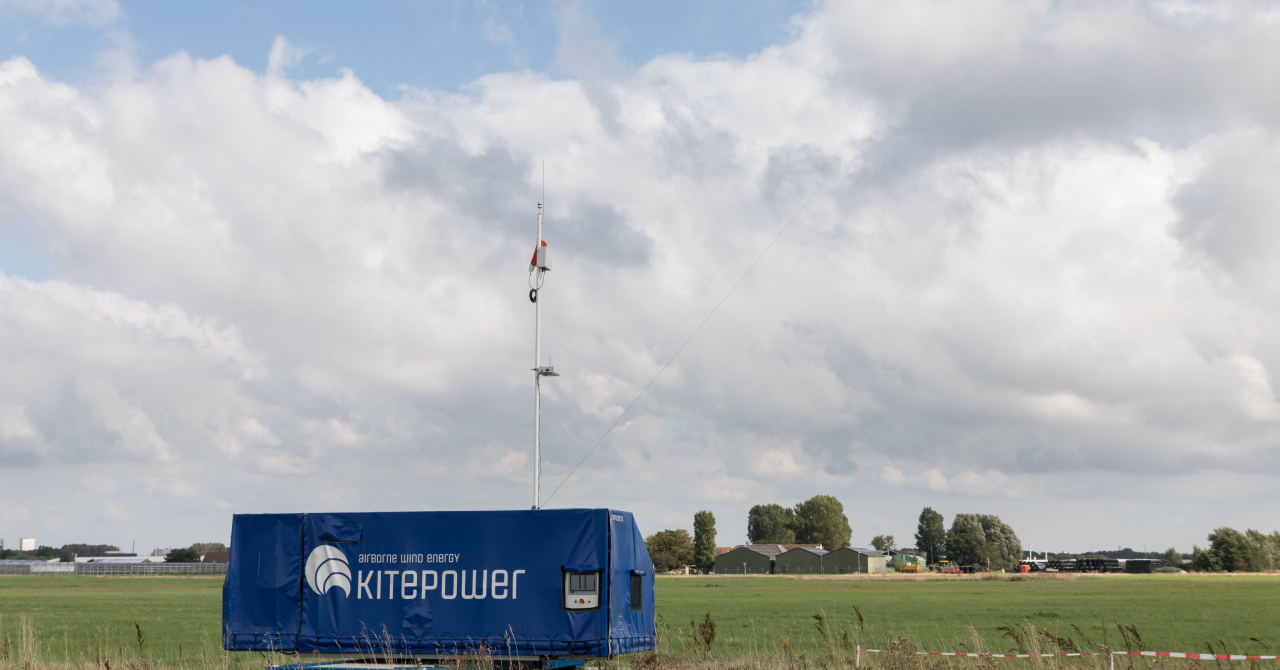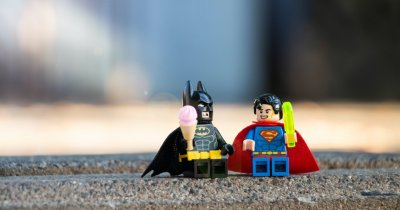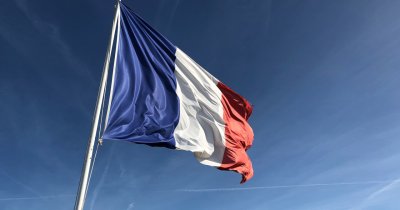The Next Web writes that the base technology used in the project is actually the work of Dutch startup Kitepower and is made of a kite connected via a strong wire to a generator. As the kite climbs in altitude, more power is generated.
Johannes Peschel, Kitepower's CEO, said that "Kitepower, as the name suggests, uses a large kite structure with a hybrid inflatable and fixed fiberglass skeleton to hold the kite open. It has a wingspan of 60 square metres and weighs only 80kg, including the Kite Control and sensor unit."
The kite-power generating systems can be installed in a single day, as per company officials and a single 150 kW system can produce enough green electricity to power 150 households.
Despite the fact that Kitepower experimented with the system before, the new site in Ireland represents a stable location, which engineers will use to accelerate the development of the system.
Cathal Hennessy, head of onshore renewables development at RWE, said that "with low capital expenditure and fewer materials, airborne wind has the potential to play a role in helping to drive down the cost of energy further."
Coupled with battery storage solutions, kite renewable energy could be the next big thing in terms of energy independence, alongside solar panels and wind turbine farms.
 Mihai - Cristian Ioniță
Mihai - Cristian Ioniță












Any thoughts?